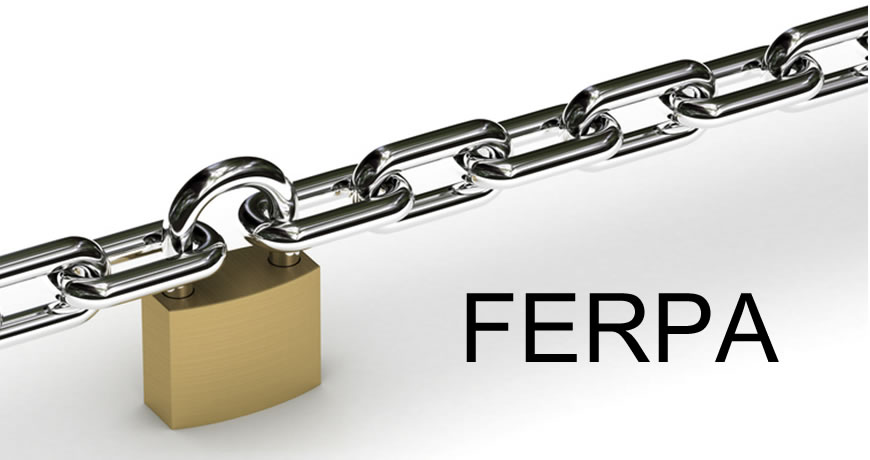What are some of the key provisions of FERPA as they relate to data at rest?
45 CFR § 1303.20 Establishing Procedures
A program must establish procedures to protect the confidentiality of any personally identifiable information (PII) in child records.
45 CFR § 1303.24 Maintaining Records
(a) A program must maintain child records in a manner that ensures only parents, and officials within the program or acting on behalf of the program have access, and such records must be destroyed within a reasonable timeframe after such records are no longer needed or required to be maintained.
This suggests the need for software capable of classifying and finding, de-identifying or removing, and auditing changes to student records that are maintained by educational institutions, and the entities serving them. All of these features are in the affordable IRI FieldShield, CellShield EE, and DarkShield data masking tools -- or the comprehensive IRI Voracity data management platform which includes and can also integrate, cleanse, migrate/replicate, and report on disparate sources.

PII can also include indirect information in a record, or "quasi-identifiers" which can also be used with or without uniquely-identifying information to nevertheless identify a student. Consider e-g in the list below:
As enforced under 20 U.S. Code § 1232g and defined under 34 CFR § 99.3, PII includes, but is not limited to:
- (a) The student's name;
- (b) The name of the student's parents or other family members;
- (c) The address of the student or the student's family;
- (d) A personal identifier, such as the student's social security number, student number, or biometric record;
- (e) Other indirect identifiers, such as the student's date of birth, place of birth, and mother's maiden name;
- (f) Other information that, alone or in combination, is linked or linkable to a specific student that would allow a reasonable person in the school community, who does not have personal knowledge of the relevant circumstances, to identify the student with reasonable certainty; or
- (g) Information requested by a person who the educational agency or institution reasonably believes knows the identity of the student to whom the education record relates.
The Re-ID Risk Scoring wizard included in the IRI FieldShield static data masking tool uses peer-reviewed algorithms to determine and measure the risk of re-identification based on the distinction and separation attributes of one or more quasi-identifiers (demographic data) in a student record. So long as the data set is in a flat file (e.g., CSV) or JDBC-connected data source (e.g., SQL Server table), it will work.
These capabilities can also help data recipients and other authorized third parties comply with the Protection of Pupil Rights Amendment (PPRA) and the Student Privacy provisions (Section 1061) of the No Child Left Behind Act. Those data users can leverage the risk determination report results to further generalize (anonymize) the riskier quasi-idenifiers in ways that retain the utility of that data.
Bottom line: Compliance with FERPA and state privacy laws like SOPIPA in California require the protection of student PII. The sensitive data discovery and de-identification functionality in IRI data masking tools can help you find and protect student PII and other sensitive information in structured, semi-structured, and unstructured sources on-premise and in the cloud.


